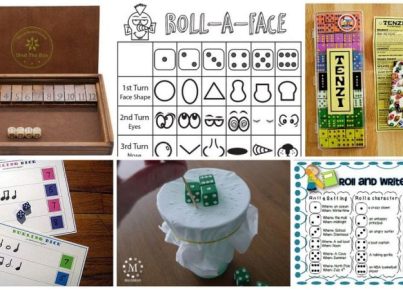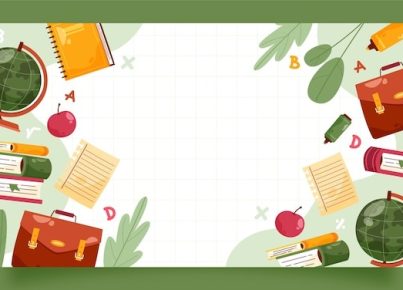Scarborough’s Reading Rope is a visual representation of the process of reading. It was developed by Hollis Scarborough and provides a comprehensive model of the various components of reading. The rope consists of two main strands: the “word recognition” strand and the “language comprehension” strand.
The word recognition strand encompasses skills such as phonological awareness, decoding, sight word recognition, and fluency. These skills focus on the ability to accurately and efficiently recognize words. Phonological awareness involves the understanding of the sound structure of language, including the ability to manipulate sounds within words. Decoding refers to the ability to sound out and blend letter sounds to form words. Sight word recognition involves recognizing common words instantly without phonetically decoding them. Fluency relates to the ability to read with speed, accuracy, and expression.
The language comprehension strand focuses on the ability to understand and derive meaning from text. This strand includes skills such as vocabulary knowledge, background knowledge, and comprehension strategies. Vocabulary knowledge refers to understanding the meanings of words and phrases. Background knowledge involves the reader’s prior knowledge and experiences that influence comprehension. Comprehension strategies encompass the reader’s ability to actively engage with the text by making predictions, asking questions, summarizing, and making connections.
Teachers use Scarborough’s Reading Rope as a framework to guide their instruction and intervention in reading. By understanding the different strands and components of reading, teachers can assess students’ strengths and weaknesses and tailor their instruction accordingly. For example, if a student is struggling with phonological awareness, the teacher can provide targeted instruction and practice activities to improve this skill. Similarly, if a student is struggling with comprehension, the teacher can focus on teaching specific strategies to enhance understanding.
The Reading Rope model helps teachers address the complex nature of reading and provides a structured approach to teaching foundational reading skills and promoting reading comprehension. It emphasizes the importance of developing both word recognition and language comprehension skills in a balanced and integrated manner.
In summary, Scarborough’s Reading Rope is a valuable tool for teachers in understanding the different components of reading and providing targeted instruction. It recognizes the interdependence of word recognition and language comprehension skills and guides teachers in supporting students’ development as proficient readers.




